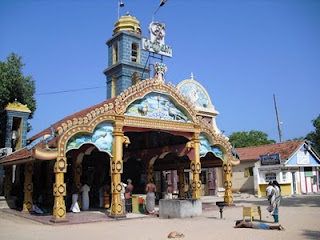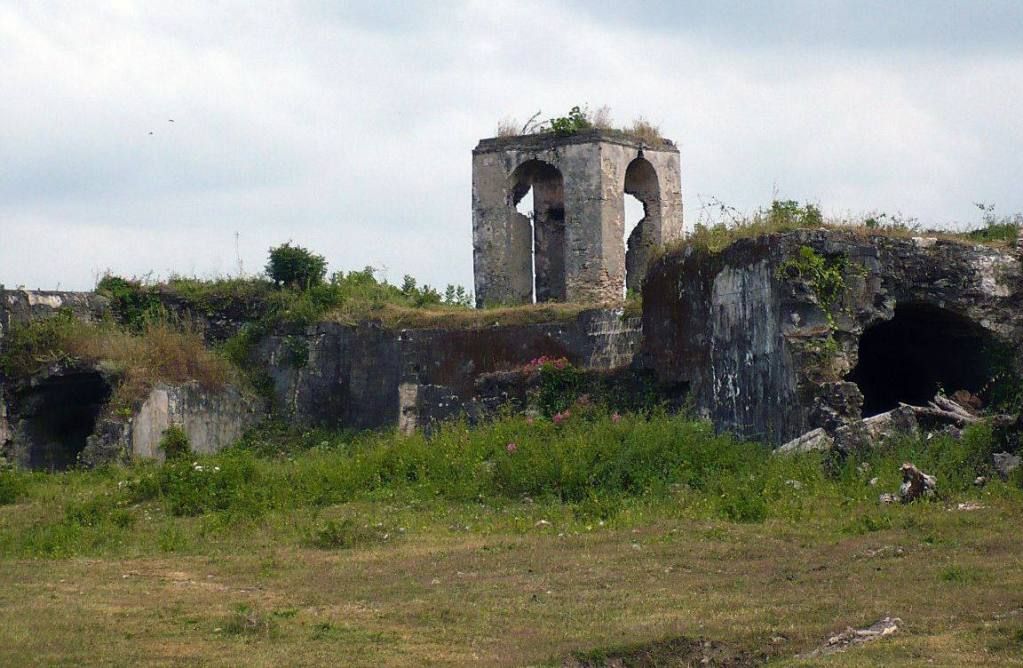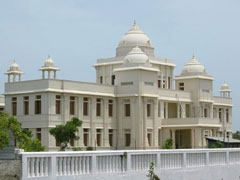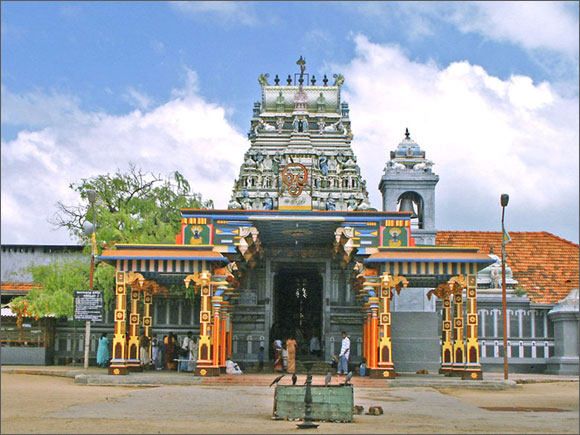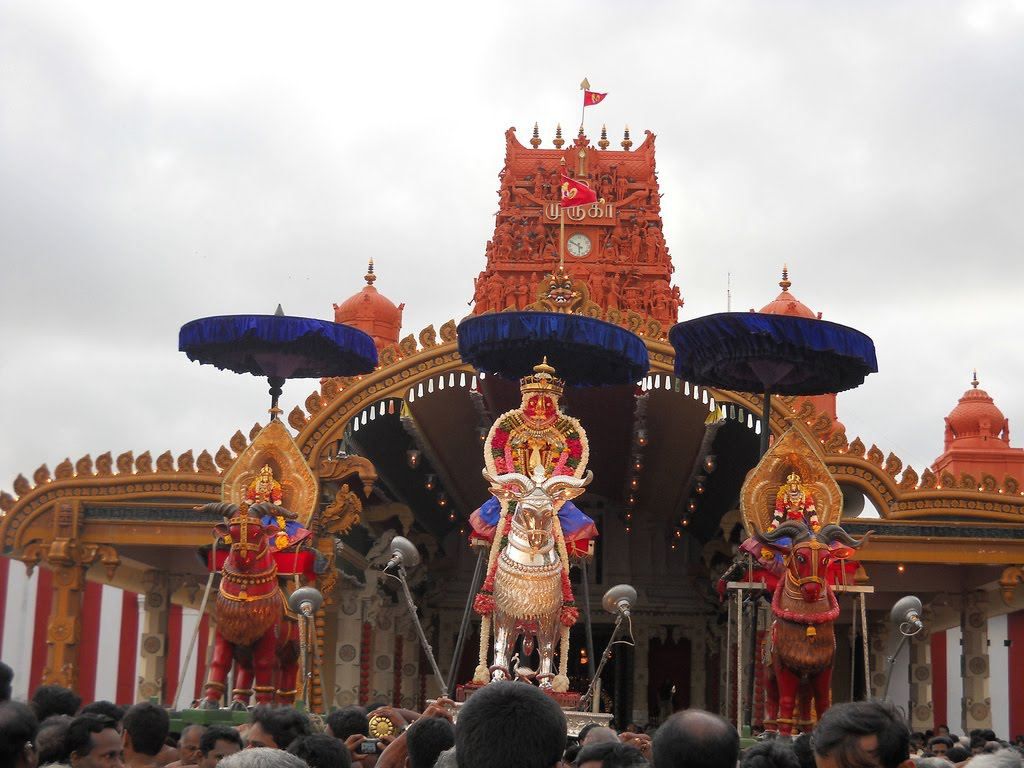Delft is the largest Island out of seven Islands located in the Jaffna peninsula. It is located 42 km from Jaffna and 436 km from Colombo. It consists of 47.5 square kilometers in its area. West and South boundaries are Indian Ocean. North and East side boundaries are Velanai Divisional Secretariat administrative area. It comes under Jaffna electorate. It contains 4.61% land area of Jaffna district
Most of the people are involved in fishing, agriculture and animal rearing. Palmyra is growing naturally. The industries related to palmyra are toddy tapping and making mats production etc.










